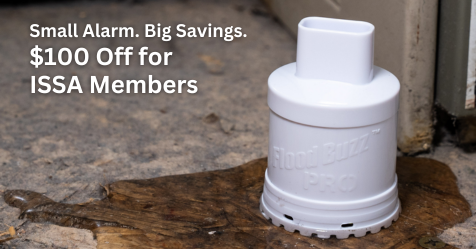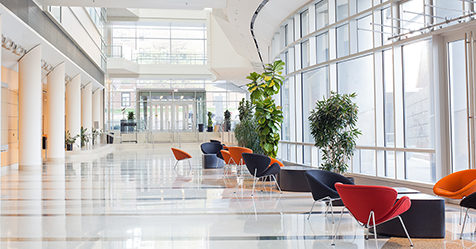Environmental Experts Voice Concerns About Antimicrobial Products
Green building advocates call for more hazard assessments and research
The COVID-19 pandemic has driven facility managers to look for ways to increase hygiene and decrease pathogens on high-touch surfaces. One solution appears to be the use of antimicrobial chemicals in building products and surfaces such as doorknobs, countertops, and paint. However, a group of green building organizations, architects, and scientists are concerned that building materials with added antimicrobials may do more harm than good.
The group issued a joint statement last week seeking evidence-based guidance for the building industry. They said outside of studies that found copper surfaces can be effective in resisting germs, no building products with added antimicrobials have been shown to reduce viral infections in people. The identities of chemicals used in antimicrobial building products are often not disclosed and some may be harmful to human health.
For instance, quaternary ammonium compounds can trigger asthma and triclosan can disrupt hormone functioning. Although triclosan is banned in hand soaps it is still used in some building products.
The statement authors urge building product manufacturers to disclose the compounds they use in antimicrobial products. They also call for more hazard assessments and research on these chemicals.


